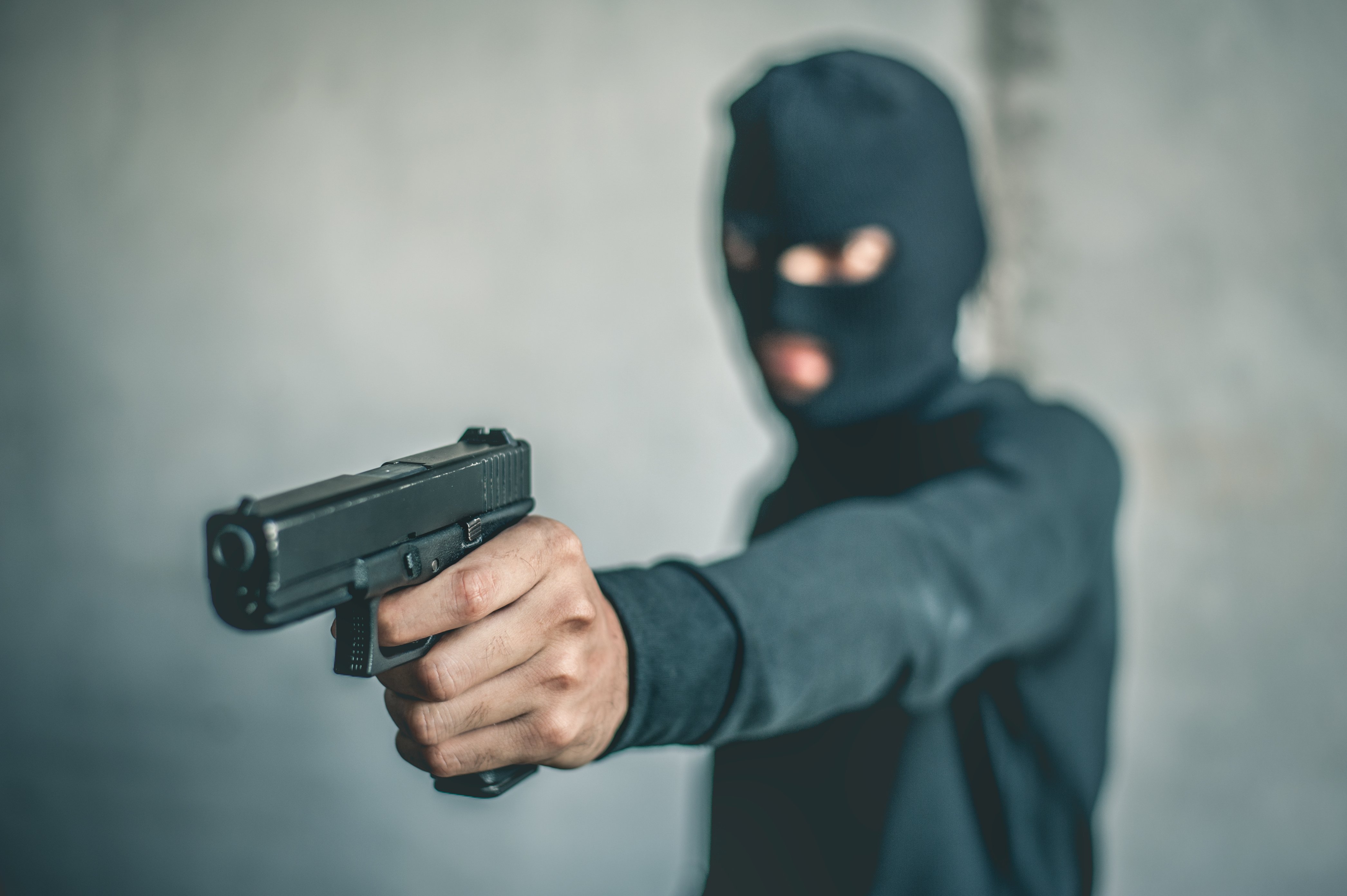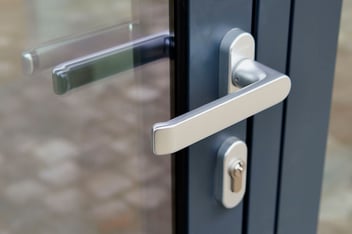Using a Key Control Program for Your Safe Room
 There's no denying that mass shootings in businesses and public buildings have been on the rise in recent years, with some experts saying stores and malls are among the most at-risk locations. Many organizations are looking to build safe rooms in their multi-site locations to ensure the safety of their employees and visitors.
There's no denying that mass shootings in businesses and public buildings have been on the rise in recent years, with some experts saying stores and malls are among the most at-risk locations. Many organizations are looking to build safe rooms in their multi-site locations to ensure the safety of their employees and visitors.
You can make a safe room as secure as possible with complex components like bullet-proof glass and ballistic doors. It may be ideal to incorporate your existing key control program into your safe room to streamline the process. But a safe room is only as secure as the lock you put on the entrance. Some locks are better for safe rooms than others. Which one is best for your multi-site location?
There are three types of locks you can choose from to make your commercial safe room more secure:
Each of these have their own pros and cons.
Traditional Locks
These are the types of locks you’re most familiar with. A physical key moves the pins in thecore, and the door locks or unlocks. It doesn’t get much simpler than that.
- Pros: These are the quickest and easiest to install. The upfront cost is much lower compared to the other two lock types.
- Cons: A physical key is needed to operate the lock, meaning someone with the right key
will have to be in the right place at the right time if there’s an imminent threat. If a key
goes missing, you have to call out to a locksmith for a rekey and most. This can take
days or even weeks. Keys are easy to duplicate, meaning there’s a major risk they could
fall into the wrong hands.
User-Rekeyable IC Core
This type of lock looks similar to a traditional lock, but it differs in a few key ways. Visually, you’ll
notice the cylinder where the key is inserted, is shaped like a figure eight and can be rekeyed
multiple times without requiring a locksmith, the cores can be swapped out for additional rekeys
without having to replace the entire lock, and the keys are typically restricted and serialized so
they can’t be duplicated.
- Pros: These locks are more secure than traditional locks. Restricted keys prevent
unauthorized duplicate keys from being made. Since the cores are user-rekeyable,
there’s no wasted time between a key going missing and the lock being rekeyed. IC
cores cost less in the long run for organizations with high employee turnover. - Cons: You need a physical key to operate the lock. If a crisis occurs and nobody with the right key is onsite, the safe room isn’t secure. This lock style is more expensive to install compared to a traditional lock.
Cipher Locks
This style of lock is becoming increasingly more common. Instead of operating with a key, cipher locks use a numbered or lettered keypad. You punch in the correct passcode to operate the lock.
- Pros: Since a physical key isn’t necessary to operate the lock, there’s no need to worry about keys going missing or falling into the wrong hands. The passcode can be changed at any time without needing to rekey or call out for a locksmith.
- Cons: These are the most expensive of the three lock styles. Some models require a Wi-Fi connection to function. If the power goes out or the WiFi connection is down, they may not operate properly. Passcodes can be forgotten or mistyped in a high-stress situation, which can lead to devastating consequences if a crisis occurs.
A Better Cipher Lock
Some cipher locks have a built-in IC core, giving users a manual override with a physical key. In this case, forgotten passcodes and WiFi disconnects aren’t an issue because the lock can still be operated with the right key.
Regardless of which lock type you choose for your safe room, make sure you use good key management protocols to keep keys out of the wrong hands and threats out of your safe room.
With the right locks and a properly maintained key control program, you can keep people safe during a time of crisis. Request a demo with key control experts at InstaKey to learn what you can do to improve multi-site location safety.





